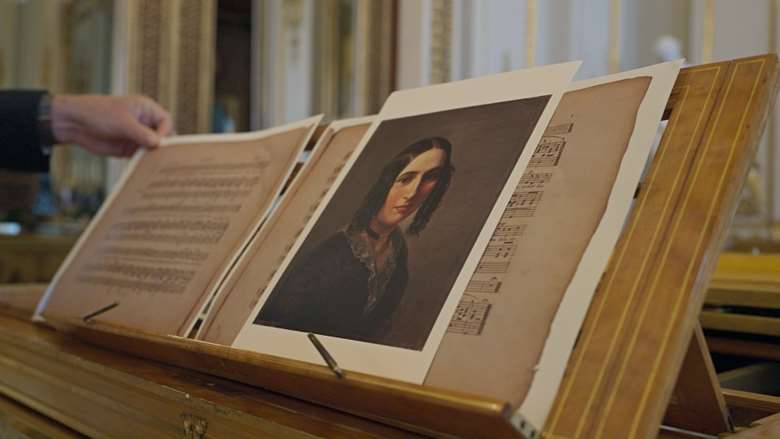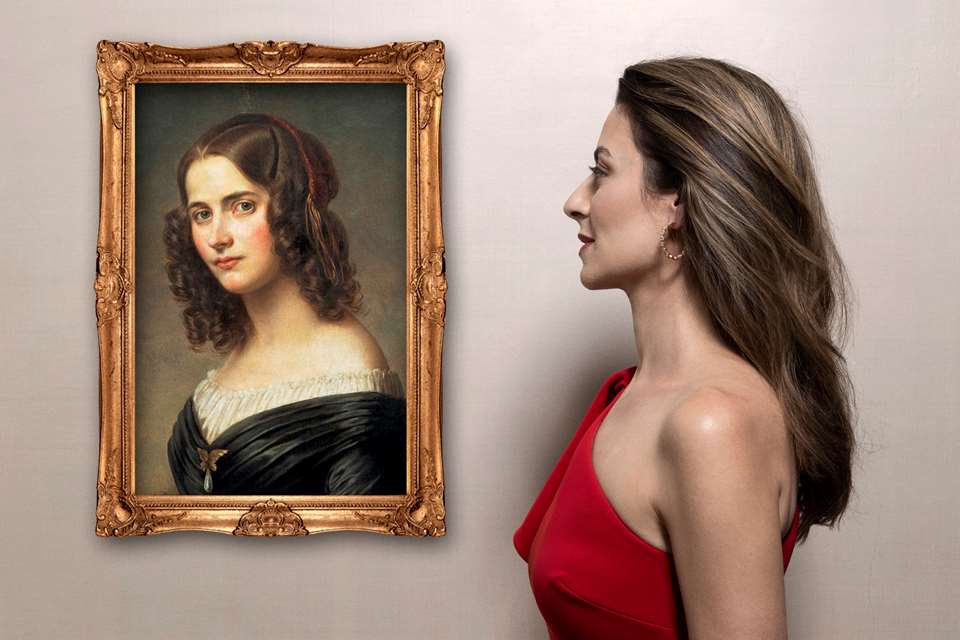'Neither an angry rebel, nor a tragic victim': Excavating the legacy of Fanny Mendelssohn
Florence Lockheart
Tuesday, October 24, 2023
In Fanny: The Other Mendelssohn, a new documentary film released this week, director Sheila Hayman tells the story of her great-great-great-grandmother Fanny Mendelssohn through the pioneering discovery of her lost Easter Sonata. Florence Lockheart goes behind the scenes with Hayman and pianist Isata Kanneh-Mason to find out how the film brings Fanny's long-silenced creative voice out of the shadows


Register now to continue reading
Don’t miss out on our dedicated coverage of the classical music world. Register today to enjoy the following benefits:
- Unlimited access to news pages
- Free weekly email newsletter
- Free access to two subscriber-only articles per month
